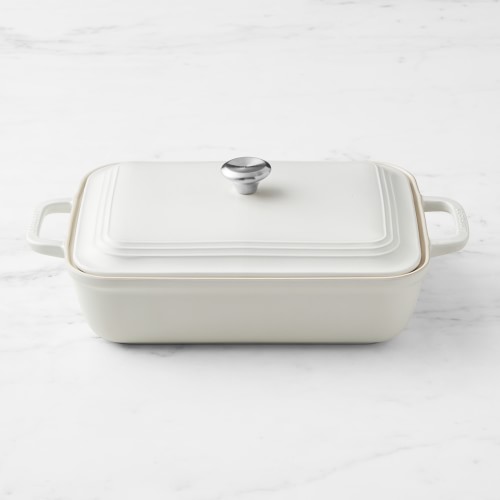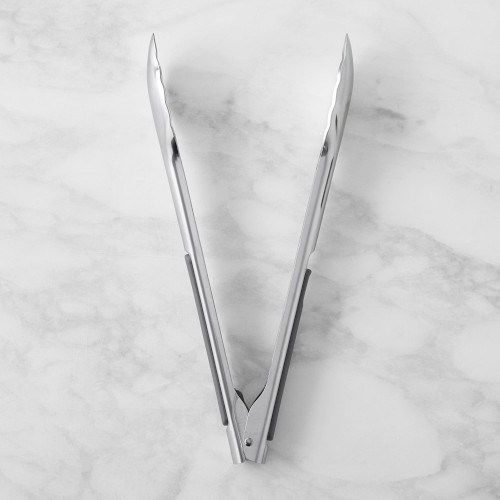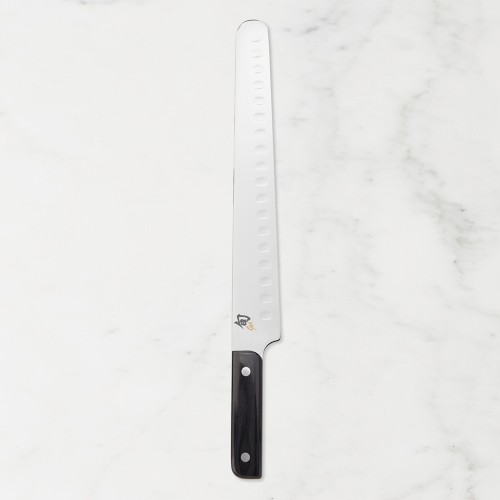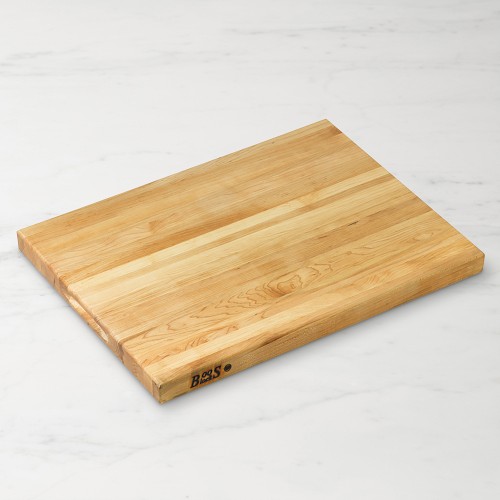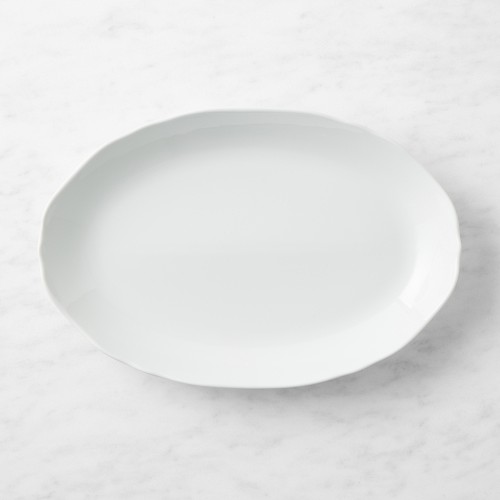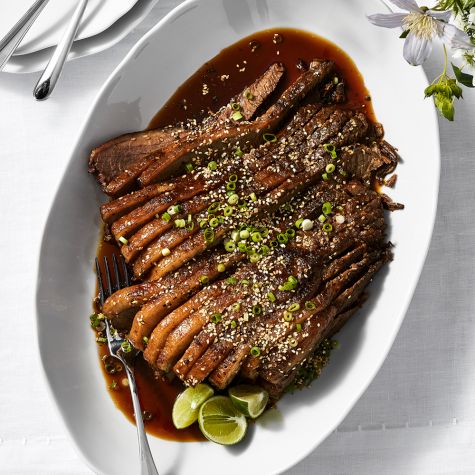
Soy and Ginger Braised Brisket
Brisket is a classic cut of beef in Jewish homes and was a staple in Eitan Bernath’s house growing up, says the award-winning chef, author and TV personality. His mother always made it on Fridays for the family to enjoy over the weekend. While the traditional braise prepared with stock, garlic and tomatoes is delicious, Eitan loves to update his brisket with favorite ingredients from his local Asian supermarket, including high-quality soy sauce and fresh ginger. “If you’ve never had soy sauce outside of the brands you find in large supermarkets,” Eitan says, “do yourself a favor and try a more authentic one. The difference in flavor is astounding!” He also adds rice vinegar and lots of garlic, plus fresh lime juice for sweetness and acidity. Easy and super flavorful, this brisket is great on sandwiches, with noodles or in a rice bowl with bok choy, Eitan’s personal favorite. The brisket also makes an impressive centerpiece for a Passover meal.
Ingredients:
- 1 cup (8 fl. oz./250 ml) soy sauce
- 1 cup (3 oz./90 g) thinly sliced scallions, white and green parts separated (about 1 bunch)
- 1/2 cup (4 fl. oz./125 ml) rice vinegar
- 5 garlic cloves, minced (about 3 Tbs.)
- 1 Tbs. grated fresh ginger (about a 2-inch/5-cm piece fresh ginger)
- 1 brisket, 3 to 5 lb. (1.5 to 2.5 kg)
- 4 cups (32 fl. oz./1 l) unsalted beef stock, plus more as needed, depending on size of brisket
- 1/4 cup (2 fl. oz./60 ml) fresh lime juice (about 1 large lime)
- Toasted sesame seeds for garnish
Directions:
Preheat an oven to 325°F (165°C).
In a large baking dish or roasting pan (the pan should be large enough for the brisket to lie flat with very little extra room around the edges), whisk together the soy sauce, scallion whites, vinegar, garlic and ginger. Place the brisket, fat side down, in the mixture, turning once to coat, then place fat side up in the dish. Add enough stock so that it comes halfway up the sides of the brisket.
Cover the dish tightly with a lid or aluminum foil and braise until fork-tender, 2 1/2 to 5 hours depending on the brisket size; it will need to braise about 45 minutes per pound. If the brisket is not fork-tender after the first check, re-cover and return to the oven for 1 hour, then check again. Continue this process until the brisket is fork-tender and remove from the oven.
Using tongs and a large spatula, transfer the brisket to a cutting board. Cut against the grain into slices 1/4 inch (6 mm) thick and set aside.
Carefully pour the braising liquid into a large pot and bring to a boil over high heat. Boil until the liquid is reduced by about one-third, 6 to 8 minutes. Remove from the heat and add the lime juice. Taste and adjust the seasoning to your preference.
Return the brisket to the liquid to retain moisture and flavor and serve as desired, such as in sandwiches or over rice or mashed potatoes. Sprinkle the scallion greens and toasted sesame seeds over the top for garnish.
The brisket can be cooled to room temperature, covered and refrigerated for up to 3 days. When removed from the refrigerator, the beef fat will have solidified on the surface. The fat can be chipped off and discarded before reheating if desired.
To reheat, place the pot over medium-low heat until the liquid is barely simmering and the beef is hot, 15 to 20 minutes. Serves 6 to 8.
Recipe courtesy of Eitan Bernath














